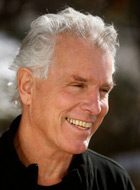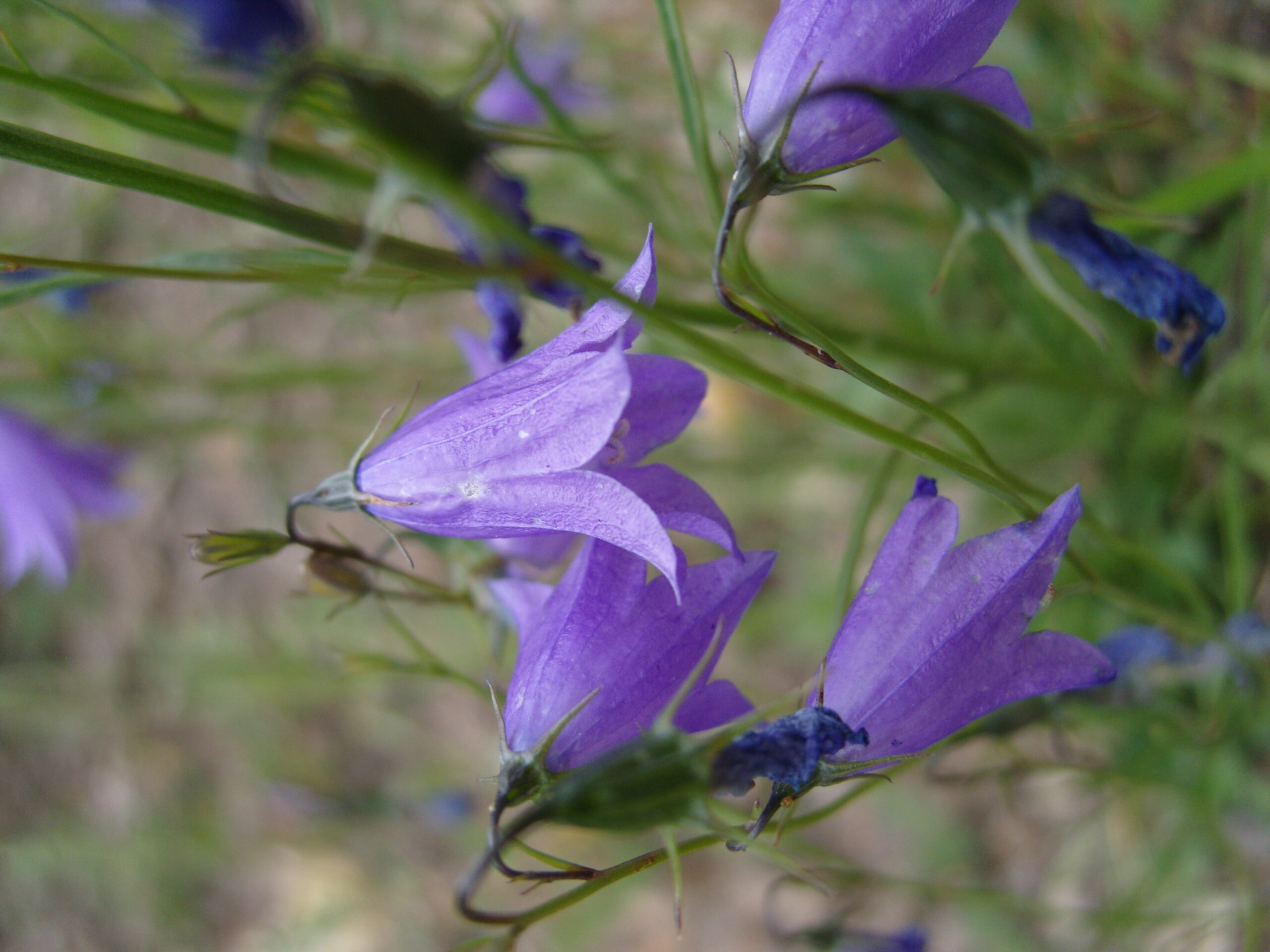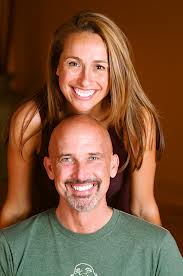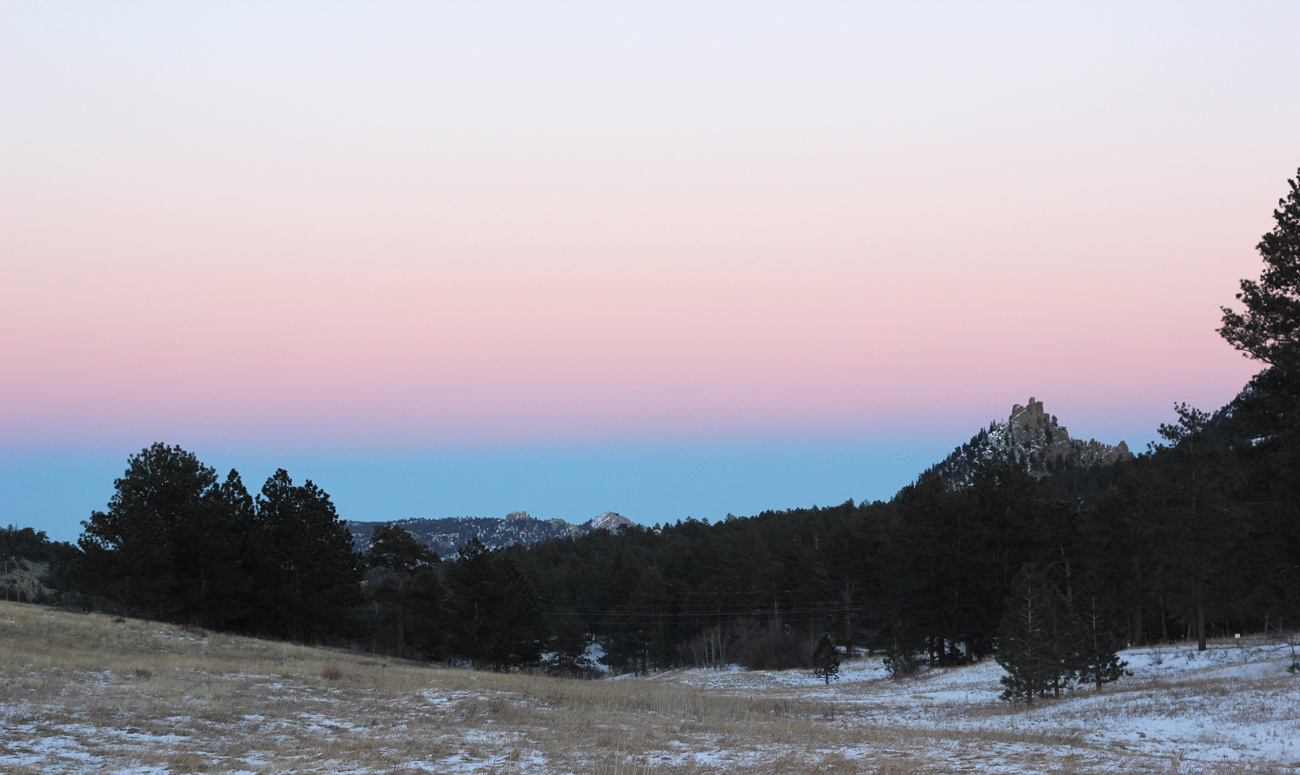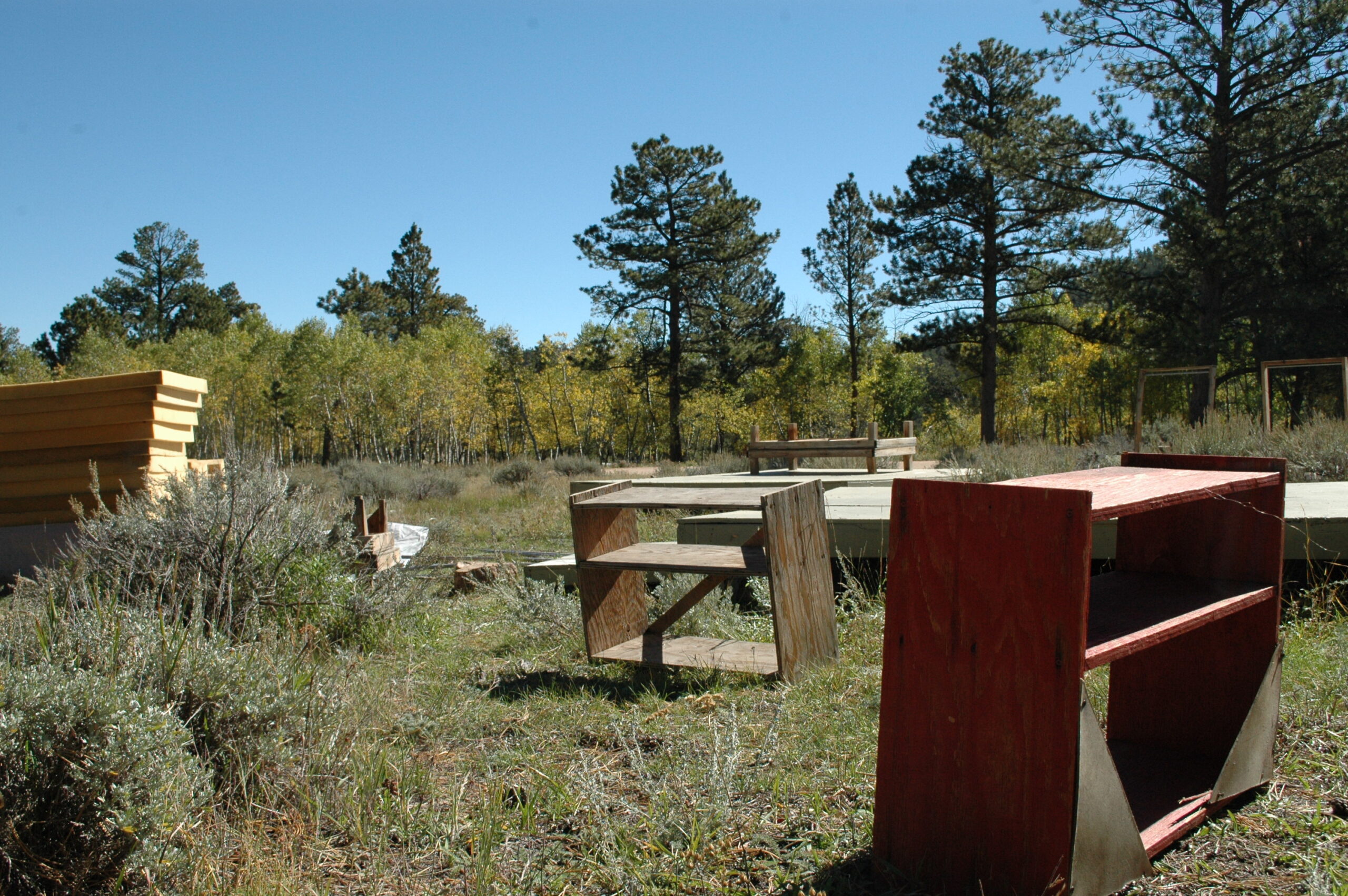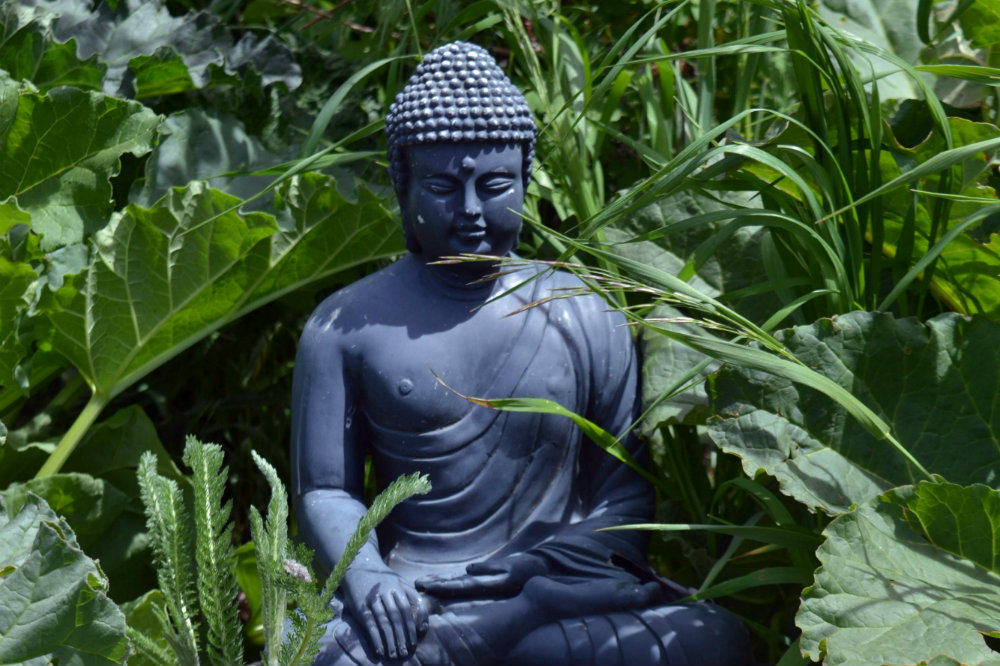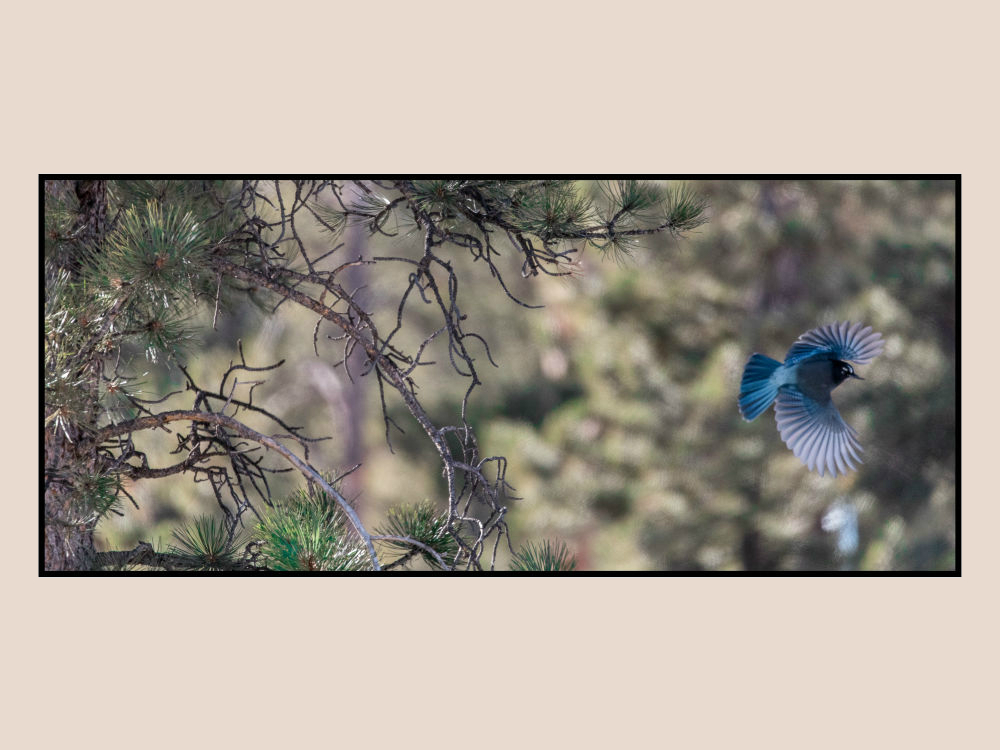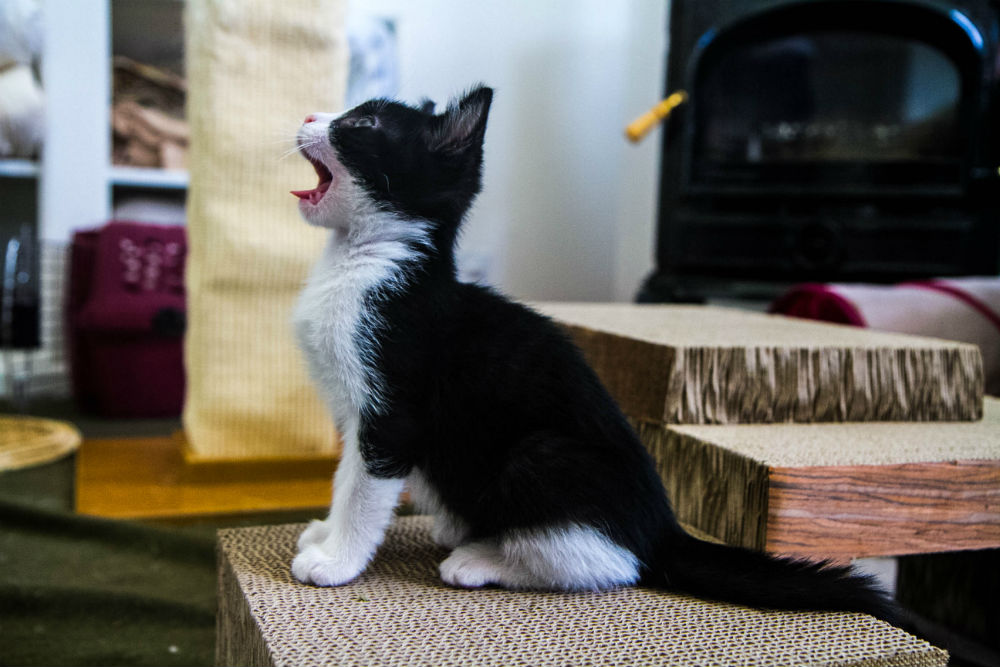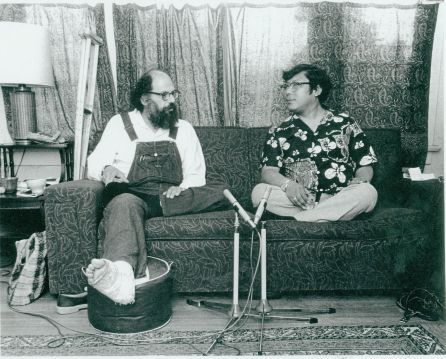Seeing the One World with Two Eyes
By Elias Amidon
Even though we humans live in nonduality, we experience the world with the two eyes of duality. This is because we have the ability to conceptualize. Even to say the word “nonduality” is to conceive dualistically. When we say “nonduality” our minds are already at work, setting up nonduality here and duality over there.
It’s helpful to remember that perceiving dualistically is not a fault — it’s the way we’ve been made. If I say the word “I” it means I have conceived of myself as a subject, and this is natural enough, isn’t it? “I” wake up in the morning, “I” brush my teeth, “I” love you, and so on. It is a convenient way to think, even if it is not exactly how things work. Phenomena arise not as subjects and objects, but as a whole, all at once.
Nevertheless it’s not easy for us to see the wholeness of things because we see — for good reasons — with the two eyes of duality. Making distinctions between “this” and “that” makes it possible to navigate in the world. But if we cannot also see through the convenience of dualistic thinking to the nondual nature of being that is ever-present and all-pervading, we bind ourselves to a life of suffering.
A Zen master once remarked, “We must learn to realize nonduality through duality.” Is this possible? Can the two eyes of duality see the one world of nonduality?
That is to say, can we realize the truth without abandoning this world? Or, in Buddhist terms, can we realize the nature of emptiness without betraying the nature of form? Can we realize, as the Sufis say, that nothing matters and that everything does? Can we grieve the loss of a loved one even while we know nothing is lost?
In nondual teachings we often find phrases like: “everything is perfect as it is,” or “nothing ever happened,” or “this is all a magical display.” Statements like these, while true, seem to deny what we also know to be true: that everything is not perfect as it is, that something is happening, and that, magical display or not, this world is beautifully, heart-breakingly real.
I once held the hand of a young woman as she died. She was wide-awake when the moment came. I could say that nothing actually happened at that moment — it was like the space inside a jar “meeting” the space outside when the jar breaks — nothing really happened — and yet…
There is no way to think about this. Only the heart can encompass it, and the heart doesn’t think. To see the one world with two eyes (Rumi’s phrase), we have to allow the heart to see through those eyes. The seeing heart is like a musical instrument that lets the song be played but doesn’t cling to any melody. The beauty of our lives, the love, the losses, the injustice and cruelty we witness — the only way we can bear all this without turning from it, or hardening ourselves, or becoming overwhelmed, is to bear it in the open tenderness of our heart.
And what is that? What is the heart? Here we have to stop conceptualizing. The heart we call our own is not ours. We might say it’s God’s heart, or the heart of the All-Good, or the One. It’s the heart inside of things. Through it flows all the experiences of beauty and all the despair that has ever been and ever will be. The heart I am trying to point to is not a private thing. It’s vast, boundless. It bears all. It sees the one world because it is the one world. It doesn’t limit or exclude anything. As Jack Kerouac reminds us,
Not with thoughts of your mind
but in the believing sweetness of your heart,
you snap the link and open the golden door
and disappear into the bright room, the everlasting
ecstasy, eternal Now.
About the Author
